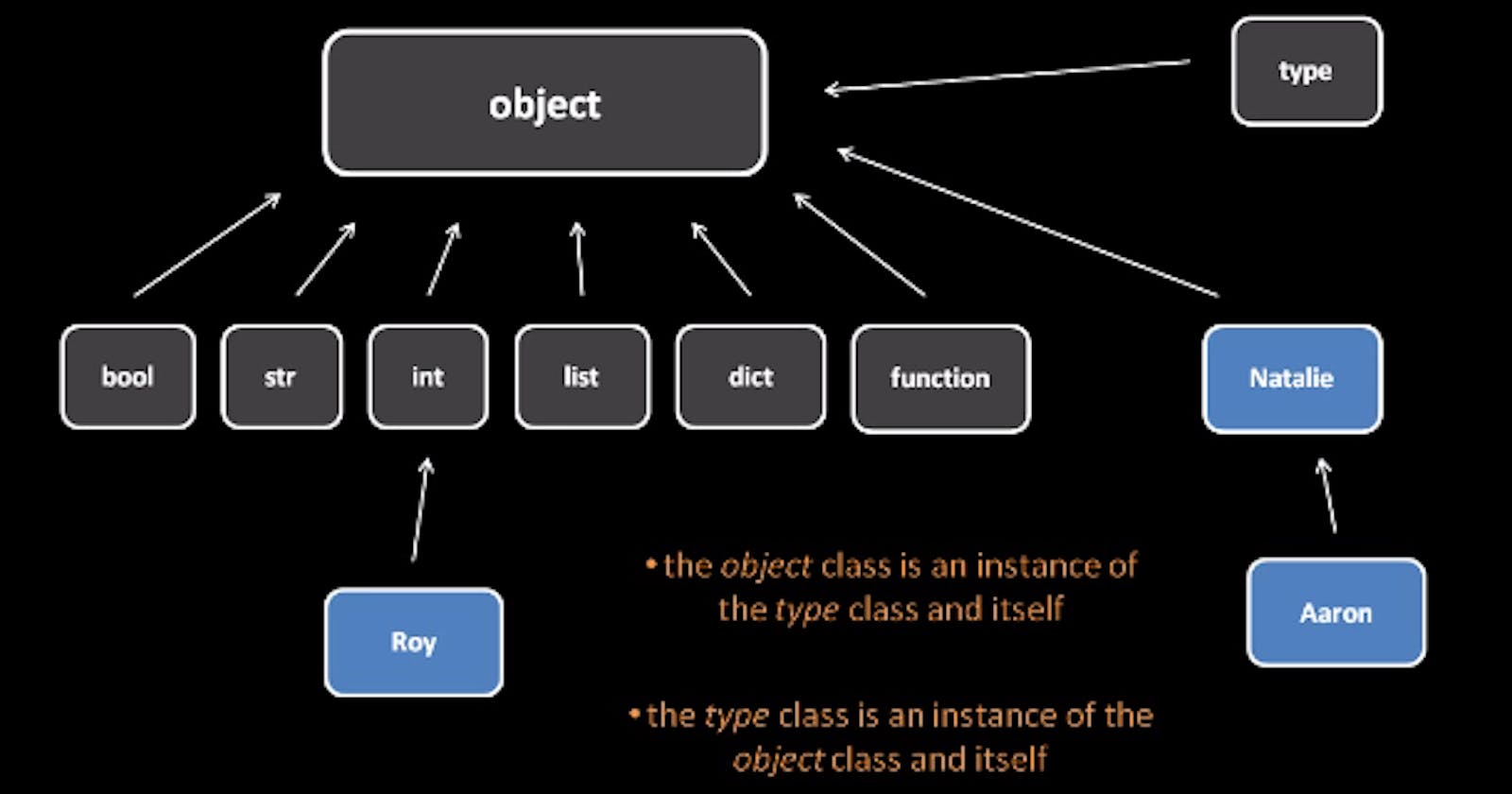An easy and fun way to store python objects permanently.
An intro to object-bucket
Object Bucket
An easy and fun way to store python objects.
Star it on GitHub
Description
Object Bucket is a python package that allows you to store python objects permanently in a more user friendly way.
Installation
The object-bucket package can be installed by using pip.
pip install object-bucket
Usage
Creating new bucket.
from object_bucket import Bucket
test_bucket = Bucket("name-of-the-bucket")
Adding droplets to the bucket, droplets are considered as objects that you want to save permanently.
test_obj = [1, 2, 3, 4] test_bucket.add_droplet("droplet-name", test_obj)Trying to add a droplet with the same name will cause an error.
Adding multiple droplets. To add multiple droplets you have to have a dictionary that contains all the names and objects of the droplet. To add the dictionary you can use the
add_dropletsmethod.droplets = { "one": 1, "two": 2, "three": [2, 3, 4] } test_bucket.add_droplets(droplets)
Modifying a droplet
new_obj = {1: "a"}
test_bucket.modify_droplet("droplet-name", new_obj)
Trying to modify a droplet that does not exists will cause an error.
Saving a bucket
All the things mentioned above will not be added or saved permanently, to do so it is necessary to save the bucket.
test_bucket.save_bucket()
Retrieving values from a bucket.
from object_bucket import Bucket
test_bucket = Bucket("name-of-the-bucket")
a = test.bucker.get_droplet("droplet-name")
print(a) # {1: "a"}
Trying to get a droplet that does not exists will cause an error.
Get all the runtime droplets
drop1 = [1, 2, 3, 4] drop2 = "Hello" drop3 = {1: "a", 2: "b"} test_bucket.add_droplet("drop1", drop1) test_bucket.add_droplet("drop2", drop2) test_bucket.add_droplet("drop3", drop3) # to get all the droplets a = test_bucket.get_all_droplets() print(a) # output {"drop1": [1, 2, 3, 4], "drop2": "Hello", "drop3": {1: "a", 2: "b"}}Deleting a bucket To delete the bucket and to clear the runtime storage of all the droplets.
test_bucket.delete_bucket()- You can also delete a bucket using
remove_bucketfunctionfrom object_bucket import remove_bucket remove_bucket("name-of_bucket_to_be_removed", bucket_file_path="file-path-of-the-bucket")
Using the context manager.
It might be a hastle to remember to save to bucket, so you can use the context manager to avoid using the
save_bucketmethod.Note: Using
Bucket().delete_bucketinside the context manager is useless as at the end the file will be saved automatically.from object_bucket import Bucket with Bucket("name-of-the-bucket") as b: # code to execute b.add_droplet("name", 1) # ...etc b.delete_bucket() # wont work as the file will be again saved, # but the runtime contents will be cleared- You can also delete a bucket using
Some more stuff
You can use the if statement to check whether a bucket is empty or not
from object_bucket import Bucket t = Bucket("name") if t: print("Hello") # -> does not print anything as bucket is empty t.add_droplet("demo", 1) if t: print("Hello 2") # -> prints "hello 2" as the bucket has at least one dropletTo get the number of droplets in a bucket you can use the
lenmethodfrom object_bucket import Bucket t = Bucket("name") print(len(t)) # -> 0 t.add_droplet("demo", [1, 2, 3]) print(len(t)) # -> 1This will work with any python object, including functions, classes, lambda functions ..etc
